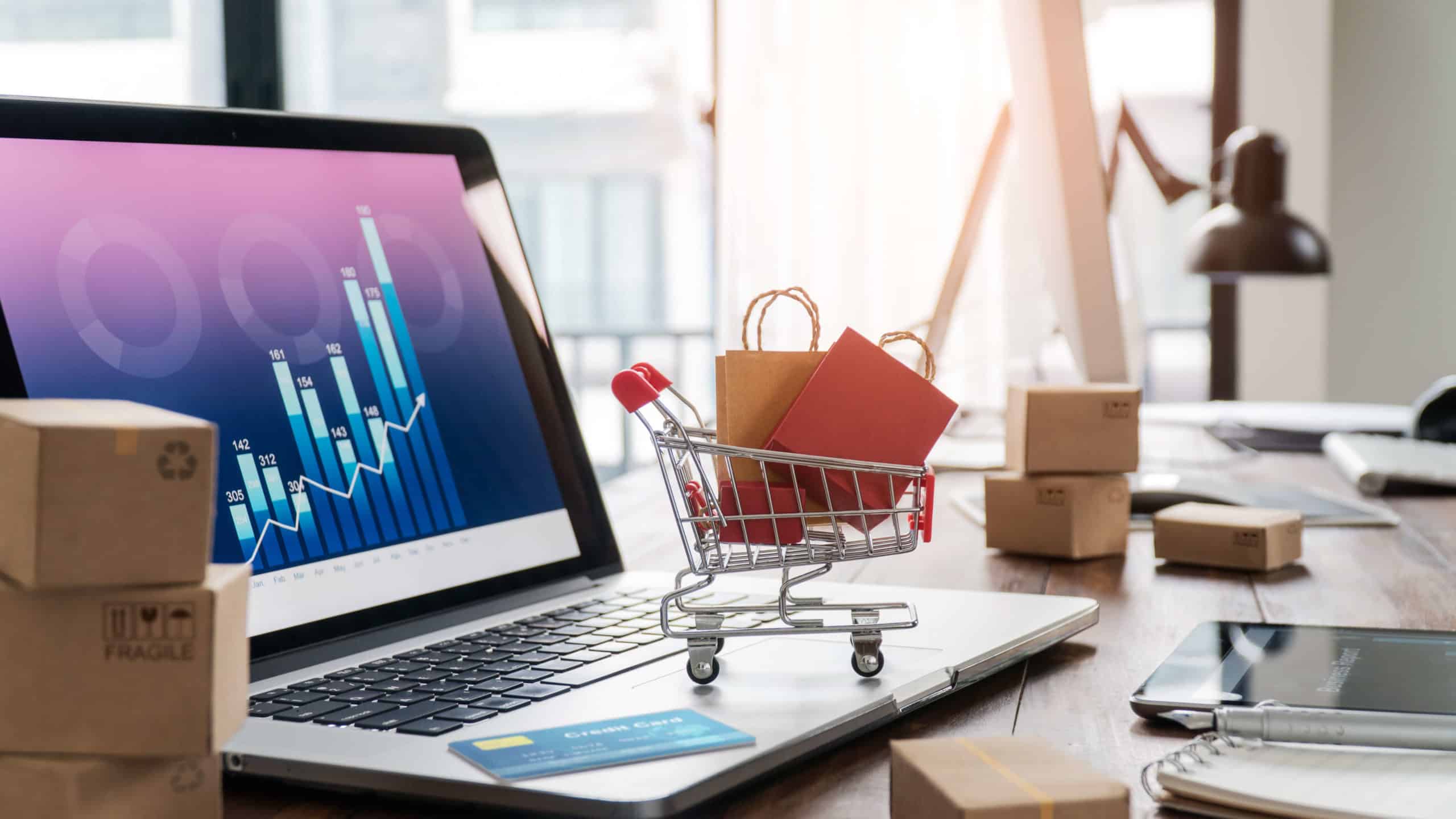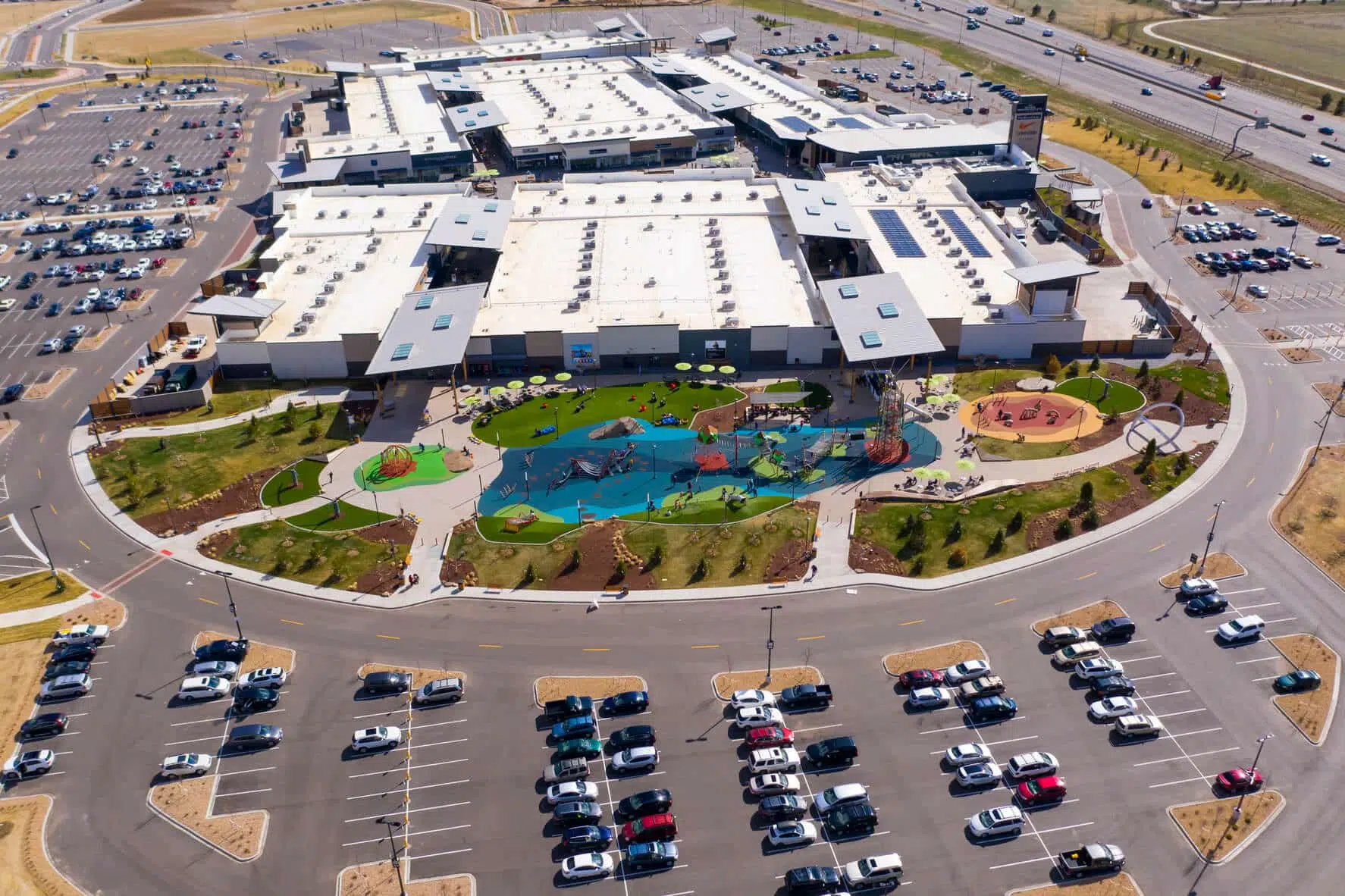- September 20, 2021
- Perspectives
Reimagining Retail: 5 Strategies to Adapt Retail to Today’s Customers

In the ever-evolving retail space, developing a devoted customer base is key to sustaining your business. Creating an environment people want to return to hinges on developing a strong, positive reputation, and an understanding of the public’s needs.
Customers don’t want to be challenged by their shopping environment and shopping doesn’t get any easier than Internet shopping, or e-commerce. While e-commerce already had a secure footing in our modern world, it became the default shopping method in 2020. With lockdowns implemented to combat COVID-19, customers who traditionally shopped in-person took advantage of ordering items for delivery or purchasing items online for drive-thru or drive-up pickup from the store. As many day-to-day processes begin to revert to a version of life pre-COVID, such as returning to the office or dining in-person, the lasting ease of online ordering and delivery cannot be ignored. Keeping up with these advancements will require retailers to meet their customers where they are—whether that is in their homes or at your site.
Read on to learn how understanding your customers, staying true to your brand, defining your goals, and incorporating these elements into your design can help you maintain a devoted following for your business.
1. Understand Your Customers
When developing your site for success, consider your target audience. Understanding the changing needs of your customer is crucial to delivering on their expectations and, tangentially, your goals.
Ask yourself:
- What is important to your customers or your tenants’ customers?
- What are the best ways to serve your users?
- What mix of tenants in a mall/shopping center will attract the most customers?
- Are your customers looking for a destination or for convenience?
- What are your customers’ peak times of use?
Whether your approach is largely based in virtual shopping or you are reliant on an in-person experience, ensure a capable technical and physical infrastructure. If effective, these infrastructures can work hand-in-hand to maintain a traditional, in-person shopping experience for those who prefer it and refine online shopping for those who would rather make online purchases.
Create Accessible Spaces
In a similar vein, the impression retailers make on potential shoppers can determine whether they return to your brand. If your storefront or system is overwhelmed, it’s likely your customers and employees will be too. Your stores require clear paths of travel for ease of parking, queuing, in-person shopping, customer service, and stocking shelves. Accessible spaces help make consumers feel understood and even appreciated. Your customer will easily notice an overwhelmed system, which is not sustainable for staff, shoppers, and ultimately your brand and your business.
Plan Ahead
To avoid an overwhelming experience, upfront planning stays crucial. Account for changes and help ensure your platform is current by considering the potential for updates, retrofits, and improvements to your store and system. Providing an efficient system that is not simply managed adequately, but is managed well, is the best way to make customers feel understood and bring their business back to your brand. Additionally, allowing for future augmentations can help mitigate costs when those changes are needed.
2. Stay True to Your Brand
Knowing and owning your brand is a balance between staying ahead of industry trends, implementing innovation, and designing an experience with which your customers will be comfortable. Consider the experience you want the customer to have and how you will portray your brand through every customer touchpoint.
Ask yourself:
- How is your brand maintained during the shopping experience, whether in-person or online?
- Is your brand consistent during order fulfillment, whether in-person or delivery?
- Does the culture of your store extend to drive-thru, pick-up, and online?
- How are third parties maintaining your brand? For instance, are they ensuring quality, presentation, safety, and freshness through packaging?
- Is your brand consistent from location to location whether in a big box retailer or an airport kiosk?
These are all opportunities to help ensure customer retention by providing efficient processes and a consistently pleasant experience.

3. Define Your Goals
Long-term success is predicated on staying ahead of the trend curve and adjusting strategies quickly. However, adjusting the shopping environment can present a challenge since it’s human nature to become uncomfortable with the new or unfamiliar. Disrupting operations makes subsequent changes more difficult, so frame your approach around a series of guidelines tied to measurable goals. This will help ensure a similar level of quality service, regardless of touchpoint.
Consider the following:
- If you’re a quick serve restaurant, your goals may focus on speed and efficiency. You want to serve as many customers as quickly as possible.
- If you’re a big box retailer, your goals may focus on time spent in store, so you may put popular items like electronics in a location that will get people meandering. This will encourage customers to add things to their carts they may not initially plan to buy. You may want to increase efficiency for both employees and customers by adding convenient pick-up locations.
- If you are a mall owner/developer you will want to consider demographics in the area and create the ideal mix of tenants, including a combination of retail, amusement, fitness, commercial, grocery, residential, etc. People will come to shop at one store (anchors like grocery stores and fitness centers) and end up shopping at others.
4. Consider Your Design
While there’s no denying the presence of e-commerce in today’s retail market, it is still important to consider the best development approaches for in-person stores. The best approaches for customer retention and employee satisfaction for the in-person shopping experience enable effective, efficient systems that are updated with evolving industry interests and technology. Consider a basic framework of guidelines, or a “toolbox” of solutions to site- and type-specific challenges for brick-and-mortar stores.
This toolbox works for new and existing locations and should include:
- Optimal building location for visibility, accessibility, and usability for all visitors and users.
- Flexibility that allows for new development. Use minimal interior columns and sufficient parking lot circulation to create flexibility
- Maximize efficiency and eliminate inconvenience. For example, reduce dead ends and increase flow so navigation is intuitive, and people aren’t focused on the difficulties. Consider diagonal parking to make it easy for customers to get in and out.
- Intuitive and convenient customer and employee paths of travel for ease of ingress and egress.
5. Incorporate Building and Site Considerations
Building Considerations
Now that you have a toolbox for the design stage, consider the appropriate methods for maximizing your building’s space and making users feel welcome, productive, and comfortable.
- Place doors in locations optimal for employee movements, specifically entering and exiting your space.
- Ensure main paths have sufficient room for maneuvering or queuing.
- Place products and services strategically to stimulate and maintain strong sales. Distinct areas of service mean that customers don’t have to search too extensively to find what they need—a clear line of sight goes a long way.
- Strategically placed signage inside and outside your structure can help make site navigation seamless.
Too often, customer dissatisfaction can stem from not finding what is needed within the limited time they have—or not finding what they need at all. An effective building layout can reduce customer frustration and deliver an experience designed to keep them coming back.
Site Considerations
Outside of the building, a myriad of factors, including vehicle movement, contribute to best site use.
Consider the following:
- Use a 20-foot rule: stack or queue vehicles at 20-foot increments and use a 20-foot minimum turn radius for ease of turning.
- Be sure to verify routes for trash removal and delivery vehicles, accounting for adequate space for loading and unloading.
- If your site is surrounded by existing developments, consider the setbacks that might necessitate easements.
- Think about utility locations and know stormwater and impervious requirements to help minimize post-construction inconveniences.
- Know landscaping requirements to help create a memorable and aesthetic site.
Keep Today’s Customers Coming Back Tomorrow
Retail is an always-changing market to which developers, businesses, owners, and customers must adapt. Striking a balance between retaining the benefits of traditional approaches while staying ahead of industry trends and concepts is an efficient, considerate, and implementable way to account for the needs of all users. Success begins from the ground up. Whether a brand-new site and construction or an adaptation of an existing facility, actively accounting for the needs and interests of all involved creates an environment to which your customers will keep returning.
To learn more about how to implement these strategies in your retail location, contact Paul Pensy.
About the Author

Paul Pensy, SE, PE
Paul has more than 25 years of civil and structural engineering experience for commercial buildings, light industrial facilities, and steel manufacturing, oil refinery, and chemical processing facilities including more than 10 years of construction/project management experience. Paul has developed and led training programs for internal and external design professionals, and presented on various topics including new construction, geotechnical engineering, civil design standards, and real estate impacts.
